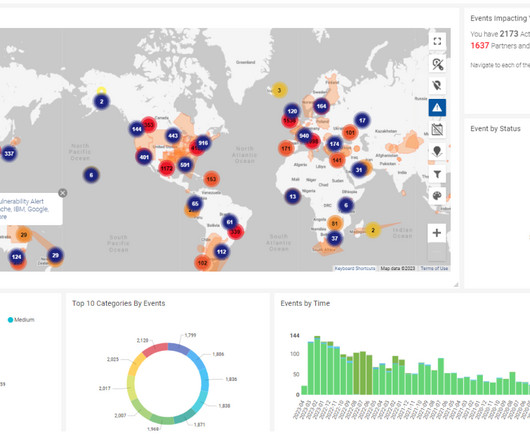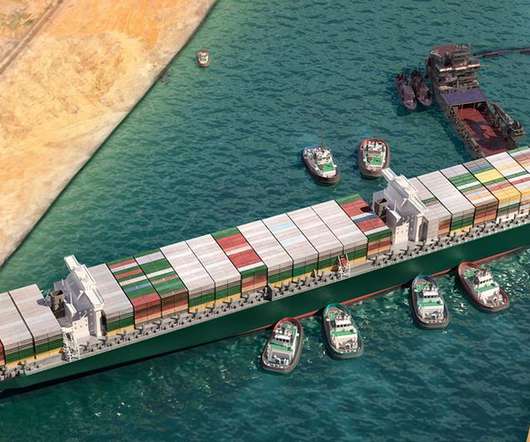The Supply Chain Impact of Europe’s Refugee Crisis
Kinaxis
OCTOBER 16, 2015
According to a recent UNHCR report , nearly 60 million people were forcibly displaced in 2014 from countries such as Iraq, Eritrea, and Afghanistan. Unfortunately, according to the UN High Commissioner for Refugees, António Guterres, its income in 2015 will be 10% less than in 2014. Of those 60 million people, 19.5 Funding is lacking.

















Let's personalize your content